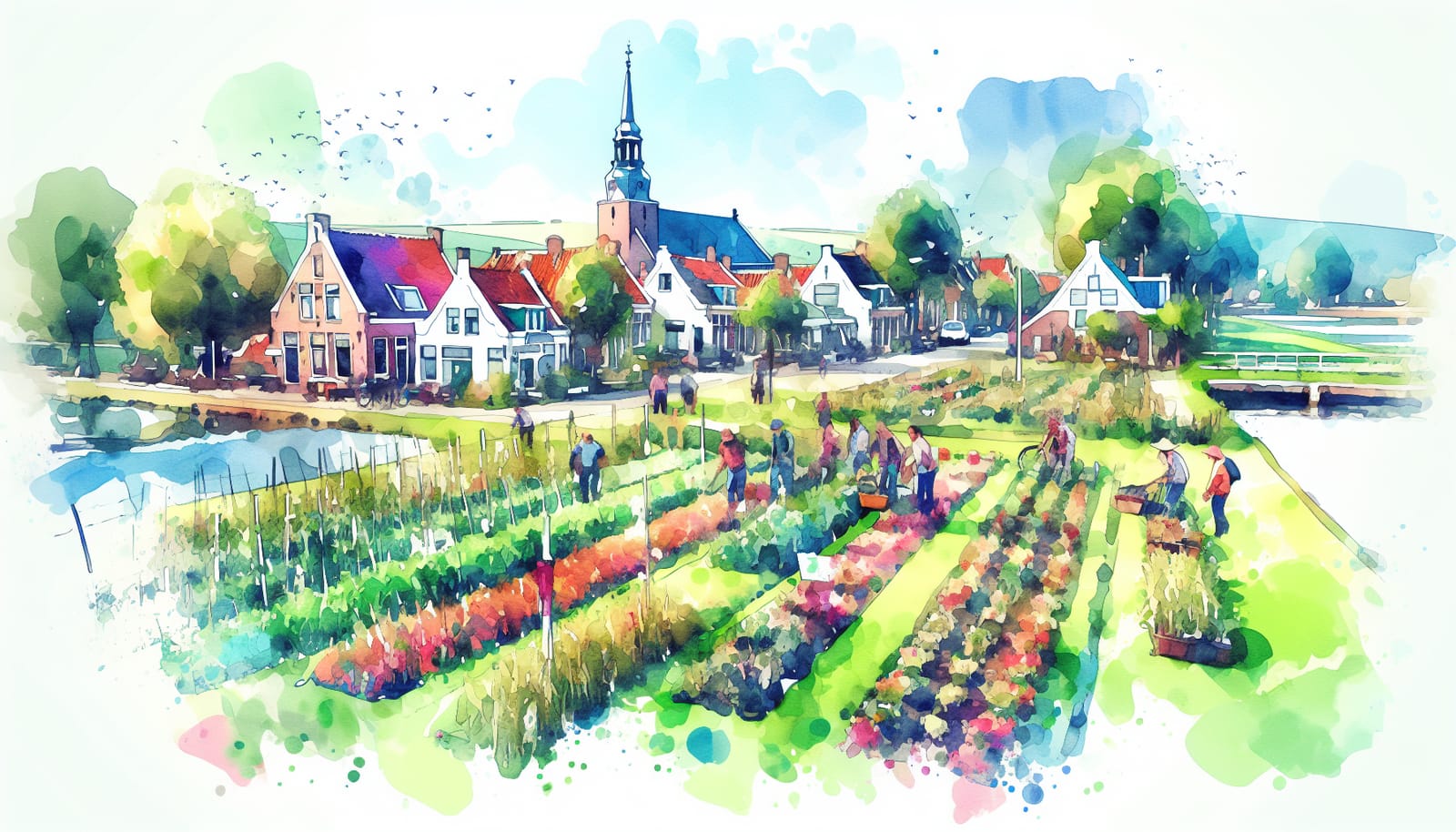In 2011, a group of compassionate middle school students noticed a pressing issue in their community: many of their neighbors were experiencing homelessness. Eager to help, they launched a simple collection drive—one that would soon blossom into a nationwide movement known as Socktober.
At the time, their mentor, Brad Montague, admired their determination but felt some apprehension. Tackling homelessness was a daunting task, and he wondered whether such young people could truly make a difference. Wanting to support their enthusiasm, Montague contacted a local shelter, expecting to hear that the students should wait until they were older to contribute.
Instead, the shelter revealed a pressing need: socks. These small, essential items were among the most requested yet least donated. With colder weather approaching, socks were critical for the men, women, and children the shelter served. That moment became a call to action—and the birth of Socktober.
The response exceeded expectations. Schools, churches, and local businesses rallied together, donating more socks than Montague’s car could carry. Delivering them to the shelter was both humbling and inspiring, though it would prove to be only the beginning.
Socktober soon spread beyond its original community. The following year, Montague launched the web series Kid President and used one episode to encourage audiences everywhere to host their own sock drives. The response was overwhelming, with participation spreading across the United States and eventually to other countries.
Today, Socktober is recognized as a widespread annual tradition. Schools have adopted it as a yearly project, businesses have integrated it into their giving initiatives, and major organizations such as Sesame Workshop, Happy Socks, Bonobos, and Microsoft have lent their support. The campaign even earned a nod on Jeopardy!
At its heart, Socktober is about connection. It links individuals and communities to their local shelters, reminding people that socks are a vital need but also opening doors to other forms of support—from hygiene products to blankets to volunteer hours.
The impact has been extraordinary. Across the years, Socktober has inspired not only countless donations of socks but also community meals, volunteer movements, and even the creation of new shelters. Participants often share that through Socktober, they have come to know the names and stories of individuals they once walked past without notice.
As Montague reflects, the initiative demonstrates the power of small acts of kindness when multiplied across communities. “It’s truly remarkable what can happen when compassionate individuals unite for a common cause,” he said.
For those looking to join the movement, organizers suggest three joyful steps:
- Connect with your local shelter to learn their specific needs.
- Collect what is needed by inspiring friends, schools, or workplaces to contribute.
- Deliver and repeat, turning generosity into a tradition.
With more than half a million people in the U.S. lacking stable housing, Socktober serves as both a reminder of ongoing need and a beacon of hope. What began with a handful of middle schoolers has grown into a global celebration of compassion—one pair of socks at a time.

